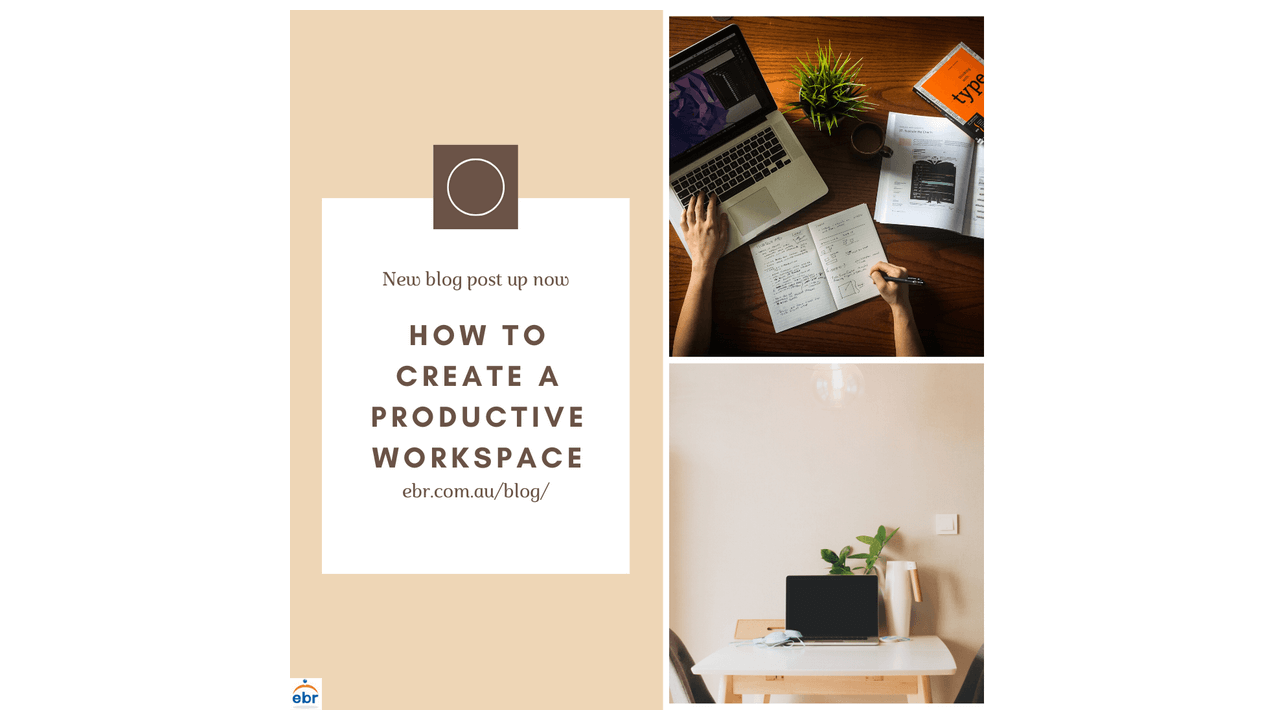How to create a productive workspace
Creating a unique workspace at home, a space that is used specifically for work only, can be challenging for those who have never tried working from home before. This is because most people strongly associate certain spaces with aspects of their lives, such as the living room for leisure and the office for productive work. So taking a space typically used for leisure and relaxation and turning it into a place that stimulates office work can be difficult. Here are six tips on how you can achieve a productive workspace.
Understand your work habits and your home
In order to implement a work space into your home, you would need to understand the nature of you, the worker, your home and your work. If you know that you work better with some level of noise and chatter, then choose a space closer to the dining room. Or if you follow strict routines and rules, and expect silence, then try working as far away from the living room, kitchen and dining room as possible.
Don’t choose your bed
As tempting as it is to wake up in the morning and finish all of your work while still in bed to minimise time spent working, it is unhealthy and confuses your work space and your resting space. So avoid using your bed as your working space.
Avoid clutter
No matter where you choose to work, also try to avoid a place with too much clutter. This means choosing a space that is far from your house clutter and mess, making sure to routinely clean the mess of your own working desk, and also clearing out any unnecessary tabs and files from your desktop. Clutter often encourages distraction, which predictably leads to less productivity.
Don’t mix workspaces
This tip goes hand in hand with the previous tip. To create an effective workspace that stimulates productivity, you should make it a unique workspace. This means only use the exact space for work only. If you plan to take a rest, scroll through your phone, eat, or chat with family and friends, then you should physically get up from the workspace and head over to a different area dedicated to relaxation. Using your workspace as a place to also relax means that you won’t be able to stimulate a strong working mindset when you sit down at the desk to do your work.
Sort out working space with family
If you are living with others, whether that be family or flatmates, then make sure you set boundaries and schedules so that they can avoid distracting you while you are working. To set such boundaries, you can have a signal to show them that you are working (a closed door or a “working” sign), or having an accessible time schedule that shows when you are free.
Be comfortable
Choose furniture, and particularly a chair, that feels comfortable and will last you for a few hours. After all, you will be stuck at that exact workspace for a while, so you should try to make yourself feel as comfortable as possible.



